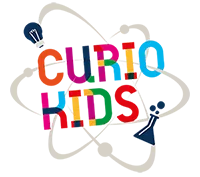
Here is a great and visual experience for you to discover the secret world of bacteria. They are beneficial to us, and we use them in many cooking recipes, for example. Watch how bacteria turn sugar into alcohol and carbon dioxide using a simple soda bottle and a balloon.
It’s a great way to identify which drinks have sugar and which don’t.
You will need:
- An empty soda bottle
- 2 tablespoons of grenadine
- 1,5 oz lukewarm water
- A sachet of dry yeast
- A balloon
- A spoon

From 6 years

Difficulty : easy

Let's experiment
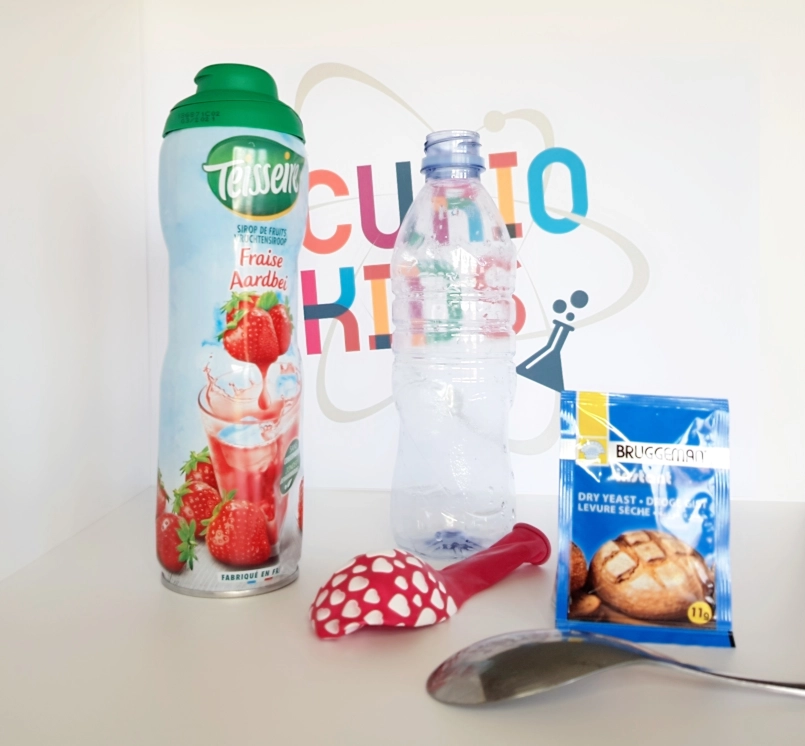

Gather all the requested materials


Pour the grenadine into the soda bottle.
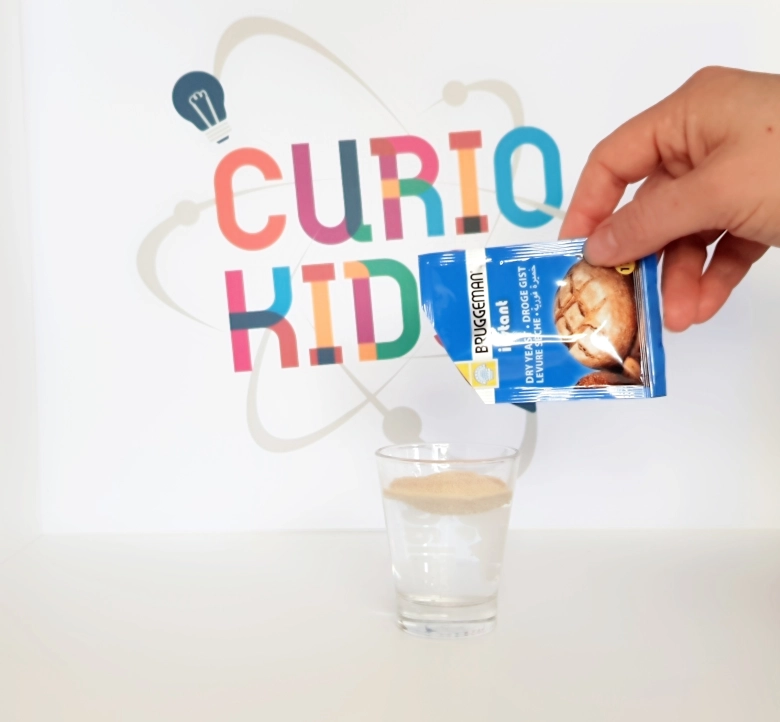

In a glass of warm water, slowly dilute the dry yeast and mix gently with a spoon.
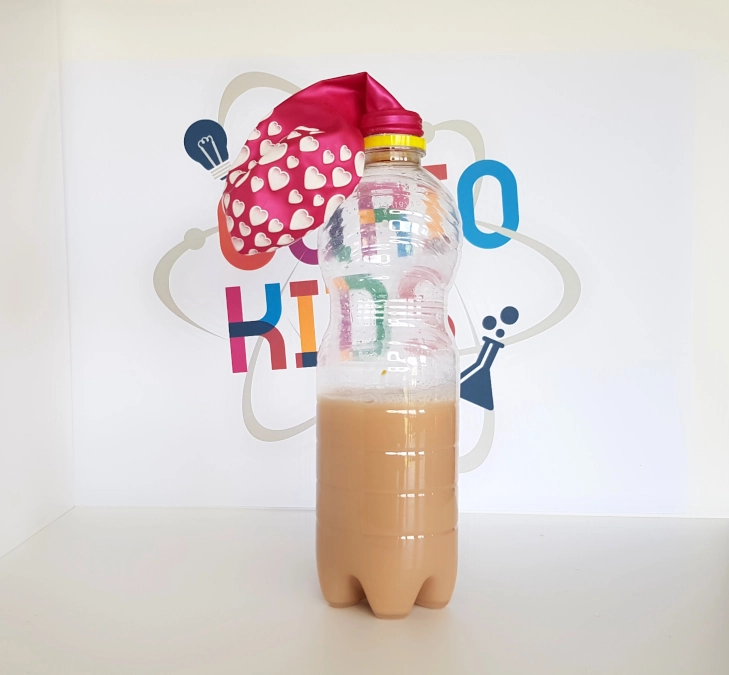

Pour your mixture into the soda bottle and immediately cap your bottle with a balloon.

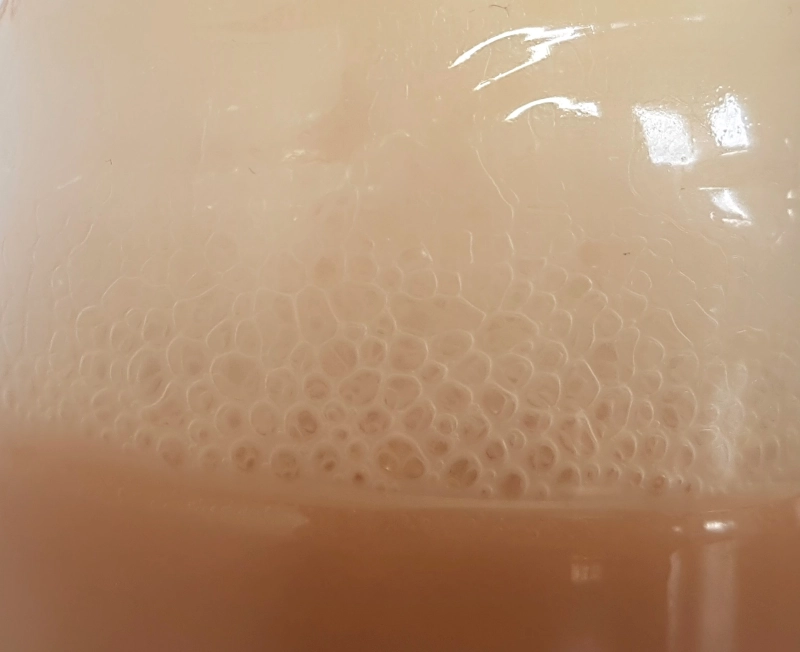
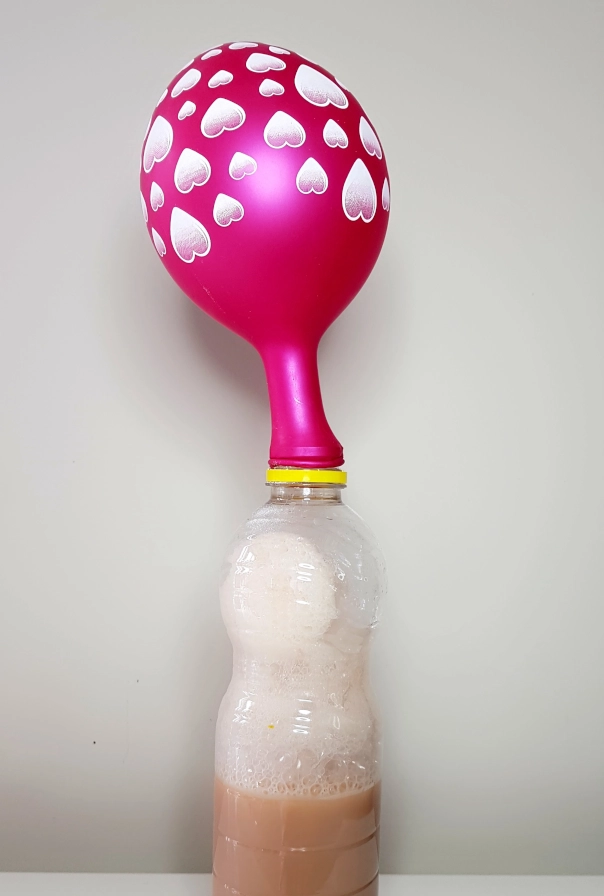
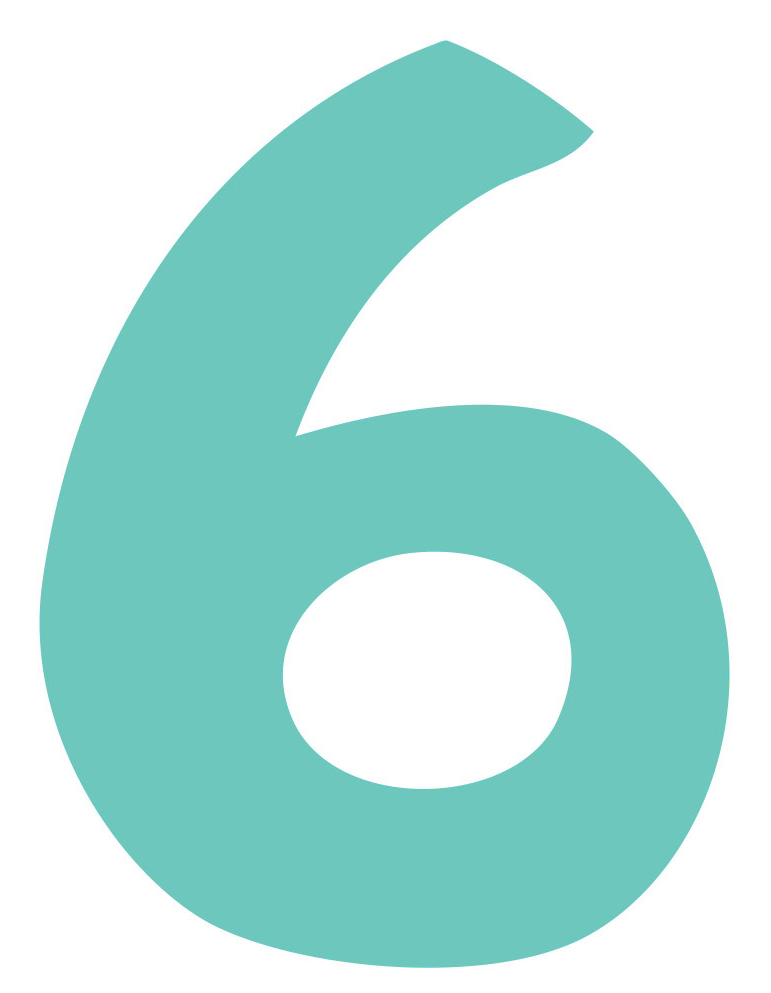
Watch your balloon as time goes by.

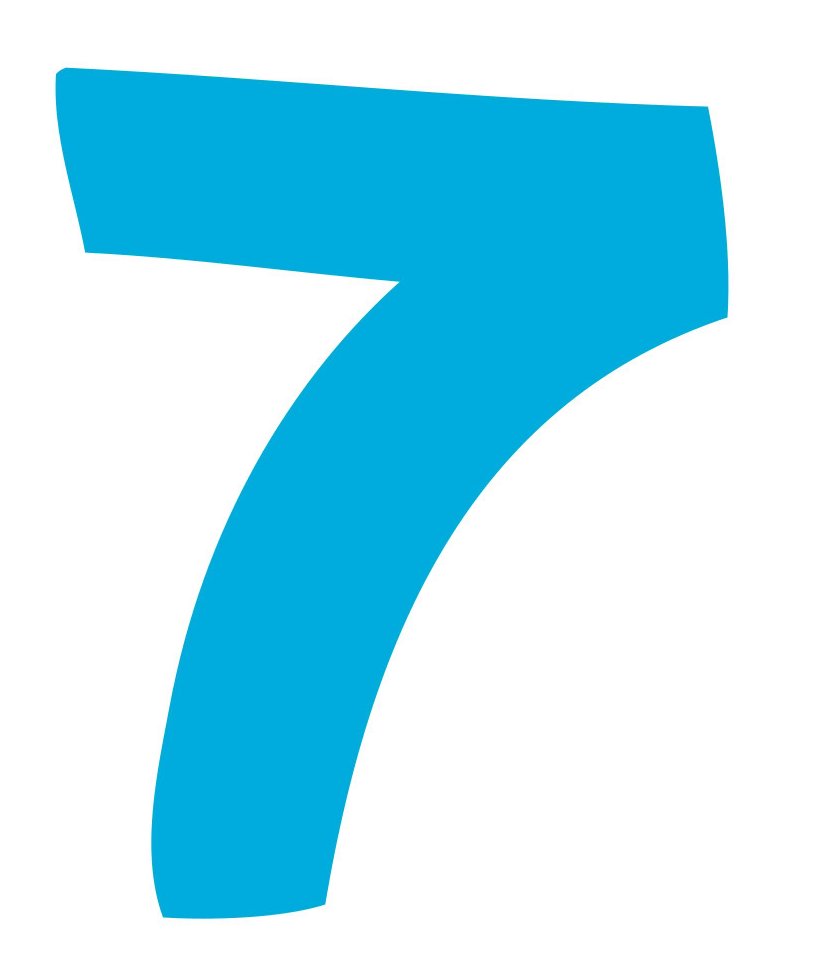
After an hour, your balloon is already well inflated.
Understand the experiment
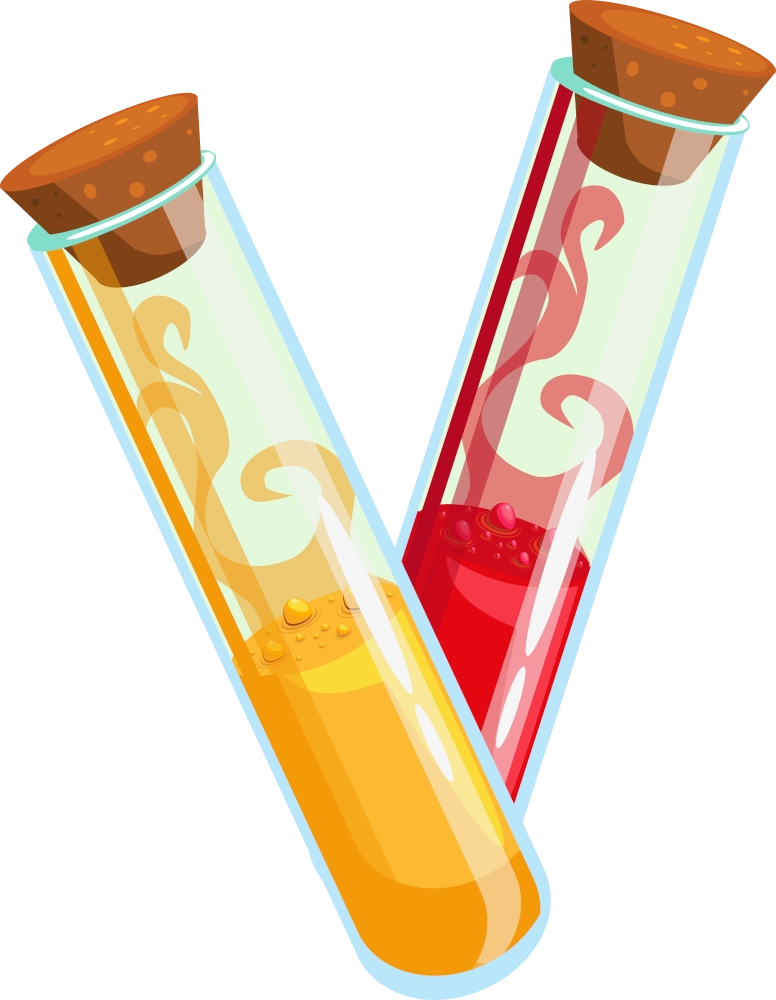
Bacteria convert sugar into alcohol and gas
Your yeast is made up of bacteria, tiny living things. Bacteria digest sugar and release alcohol and carbon dioxide.
For this experiment to work, bacteria need to be awakened. That is why you add lukewarm water (35 ° C). At this temperature, they “wake up” and convert the grenadine sugar into carbon dioxide. That’s why you are looking at the moss. Your balloon is inflated with carbon dioxide produced by bacteria.
Yeast is also used to make bread. Likewise, they release carbon dioxide into the bread dough. The dough is said to “rise”. Thanks to them, your bread is light and fluffy.
Did you know?
Are bacteria fungi?
Yeast, or bacterias, is an organism made up of a single cell. Scientists call them single-celled organisms. You probably know bacterias are very small and invisible to the naked eye. They measure around 3 to 5 microns. So it would help if you had a microscope to see them. They belong to the mushroom kingdom.
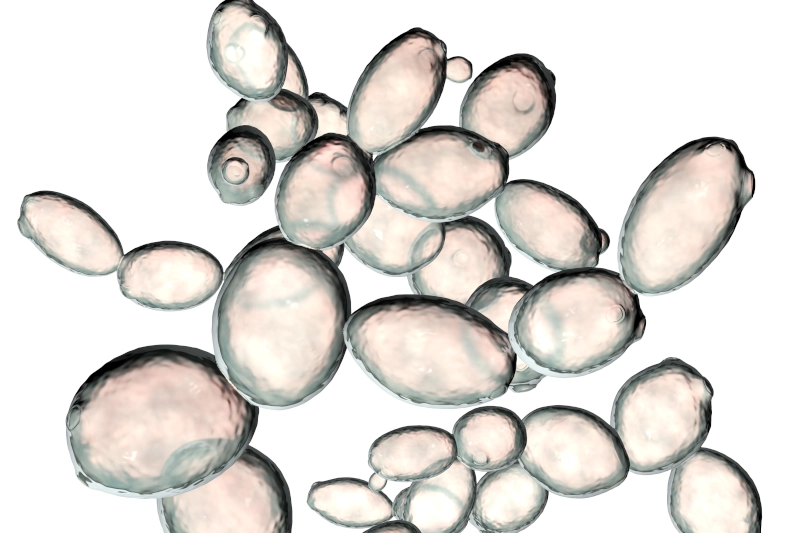
They are found in the soil, sugary liquids (in fruits and flowers), and on the surface of plants and animals. A visible colony has at least 1 million cells.
Challenge
Test your friends and family with this challenge on sugar-eating bacteria
You can challenge your family members, your friends or your teacher.
To do this, fill a glass with normal degassed (sweetened) Coca-cola and another with zero degasified coca. With the yeast, the flask, an empty soda bottle and lukewarm water, they will need to identify which glass the normal Coca-Cola was in.

Prepare an orange caviar
Use molecular chemistry to create foods with unexpected shapes. Do you think making orange juice beads is impossible? This is without counting on the properties of Agar, a natural molecule capable of gelling all liquids. Transform yourself into a molecular chemist to surprise your friends with your edible creations. […]
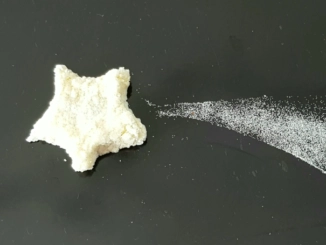
Transform milk into plastic
Did you know that plastic can also be produced from natural resources? The best example is milk! Milk proteins, huge molecules like those in plastics, can, under certain conditions, agglomerate to form a solid. […]

Grow peppers from pepper waste
You’ll never buy pepper seeds for your vegetable garden again with this tip. With this simple experience, you will understand what a seed needs to germinate. Does it need light or dark? Is it possible to germinate them faster? […]
